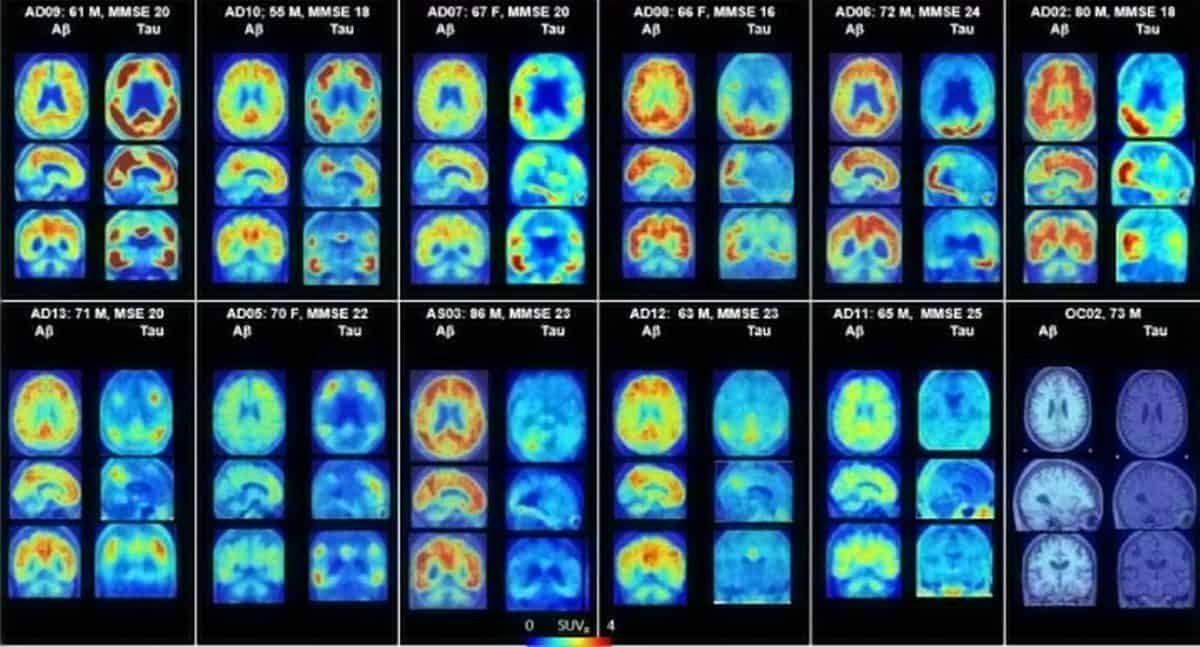A brain scan to improve treatment of Alzheimer’s disease has been developed.
It uses radioactive drugs to light up rogue proteins in the brain that cause different forms of dementia – leading to earlier diagnosis.
People will now have a chance to know what is wrong with them sooner, which has proved extremely difficult.
Radiologist Professor Dean Wong, of Johns Hopkins University in the US, said: “One of the greatest public health challenges is Alzheimer’s disease, for which there currently is no cure and no definitive diagnostic until autopsy.
“We have been working hard to identify new radio-pharmaceuticals that can help speed the discoveries of diagnostics and treatments for these devastating neuro-degenerative disorders.”
It will enable patients to understand their condition, access treatments when they are more likely to work and provide time to plan for the future.
Doctors rely heavily on memory tests for diagnosing people with Alzheimer’s, which aren’t especially reliable.
Around 850,000 people in Britain have dementia yet only around half receive a formal diagnosis.
The study, published in the Journal of Nuclear Medicine, identified three radioactive ‘tracer’ molecules that bind to and “light up” tangles of tau in the brains of patients.
This is a protein associated with a number of neuro-degenerative diseases including Alzheimer’s and other related dementias.
Prof Wong said one of the biggest problems with Alzheimer’s is the inability to watch tau and another protein amyloid, that collects in clumps, develop in real time.

After promising results in monkeys the trio of tracers were tested on 12 Alzheimer’s patients and the same number of healthy individuals that acted as a control.
The latter group retained little to no tracer, whereas the brains of those with Alzheimer’s showed tau to be in regions of the brain consistent with previously reported post mortem data.
In total, the researchers looked at 80 different regions to evaluate how well the tracers were taken up, and penetrated through the tissue.
They also looked specifically at whether bound to the tau protein rather than just sticking indiscriminately to anything.
Areas that typically contain the neuron destroying tangles include the temporal lobe, parietal lobe and occipital lobe. Grey matter in the cerebellum is thought to contain low or no tau in patients with Alzheimer’s.
In a second study published in the same journal the team examined in detail the best performing drug, called F-18 RO948, in eleven Alzheimer’s patients and ten cognitively healthy adults.
Prof Wong said this showed it does not bind randomly to other tissue, offering greater clarity into the amount of tau within the human brain.
He added: “It really takes a village to make progress in biomedical research, and this project was no exception.
“This is a true example of cross-disciplinary collaboration, and I am honored to have such great collaborators.”
By Mark Waghorn

